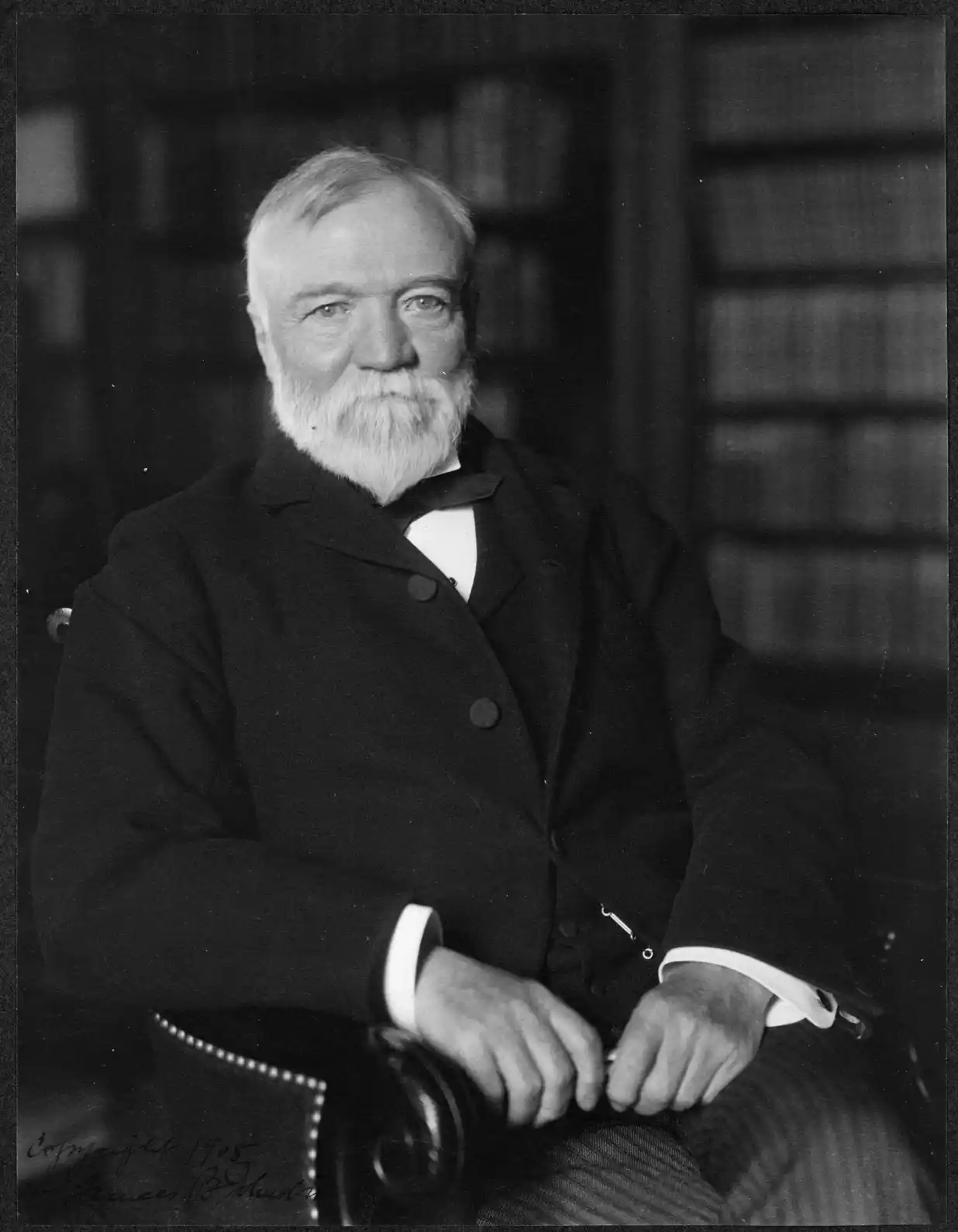The American Dream isn’t just a concept—it’s a reality that countless entrepreneurs have turned into billion-dollar empires. The 20th century produced some of the most remarkable business success stories that continue to inspire entrepreneurs today. These five titans of industry didn’t inherit their fortunes or start with silver spoons. Instead, they built their empires from the ground up, proving that determination, innovation, and hard work can transform anyone into a business legend.
What makes these stories particularly fascinating is how each entrepreneur overcame significant financial hardships and social barriers to create companies that would reshape entire industries. Their journeys remind us that extraordinary success often begins with the most ordinary circumstances.
1. Andrew Carnegie
“The Steel King Who Built America’s Backbone”
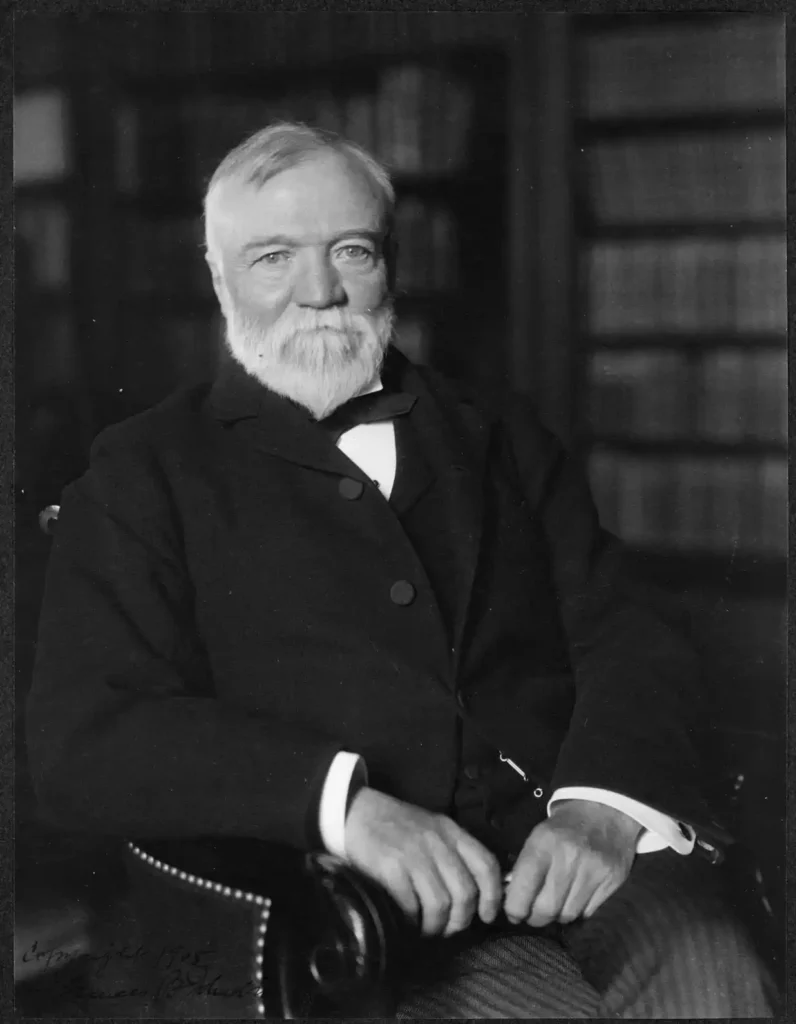
How He Started from Humble Beginnings
Andrew Carnegie began his journey as a poor Scottish immigrant who arrived in America with his family when he was just 13 years old, carrying nothing but hope and determination.
How He Became a Business Tycoon
Carnegie transformed from a telegraph operator earning $2.50 per week into the world’s richest man by revolutionizing the steel industry. He built Carnegie Steel Company through strategic acquisitions, innovative production methods, and vertical integration—controlling every aspect from raw materials to finished products. His company eventually sold to J.P. Morgan for $480 million in 1901, making him one of history’s wealthiest individuals.
Interesting Business Facts About Carnegie
- Pioneered cost-cutting innovations like the Bessemer process, which dramatically reduced steel production costs
- Used detailed cost accounting when most businesses relied on guesswork, giving him a massive competitive advantage
- Built the first major vertically integrated business model, owning mines, transportation, and manufacturing facilities
- Employed a profit-sharing system that motivated key managers to think like owners
- Gave away 90% of his wealth, establishing over 2,500 libraries worldwide and proving that great business leaders can also be great philanthropists
2. Henry Ford
“The Assembly Line Revolutionary Who Put America on Wheels”
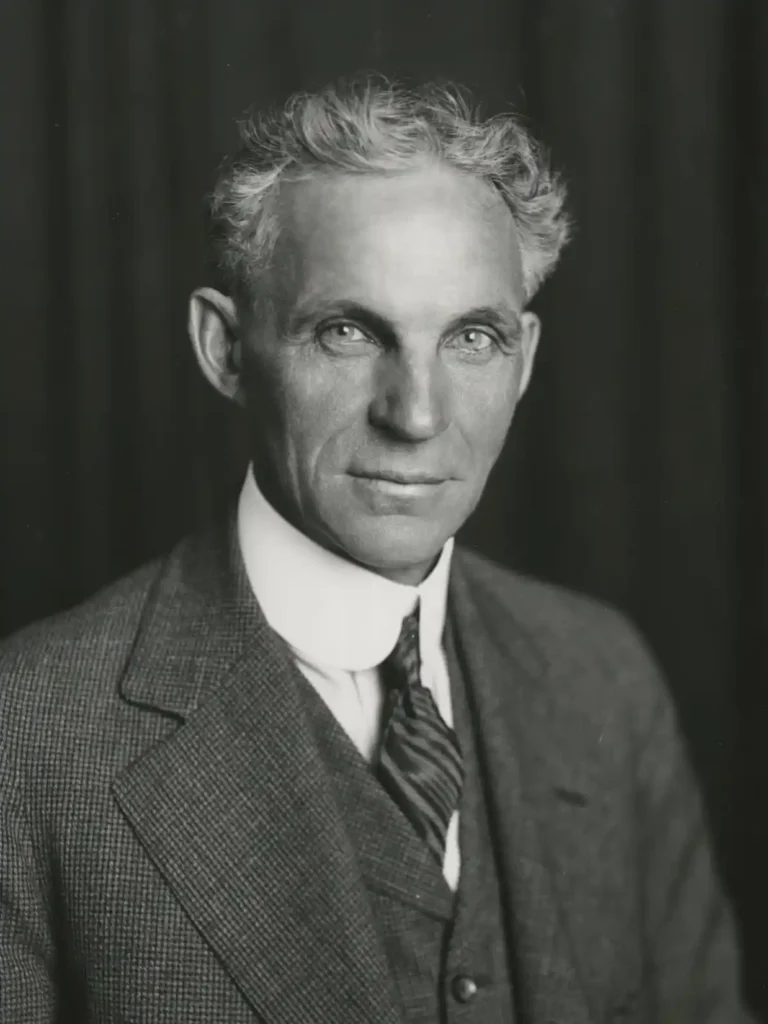
How He Started from Humble Beginnings
Henry Ford grew up on a small Michigan farm and worked as a machinist and engineer before founding his automotive empire, facing multiple business failures in his early ventures.
How He Became a Business Tycoon
Ford didn’t just build cars—he revolutionized manufacturing forever. By introducing the moving assembly line and standardizing production, he reduced the Model T’s manufacturing time from 12 hours to just 93 minutes. His $5-a-day wage (double the industry standard) created a loyal workforce and turned his employees into customers. The Ford Motor Company became synonymous with affordable, reliable transportation for the masses.
Interesting Business Facts About Ford
- Reduced car prices by 50% while increasing worker wages, proving that efficiency benefits everyone
- Created the 40-hour work week and established the weekend as we know it today
- Built River Rouge, the world’s largest integrated factory complex, spanning 2,000 acres
- Refused to go public for decades, maintaining complete control over his company’s direction
- His mass production philosophy influenced industries far beyond automotive, from electronics to food processing
3. Sam Walton
“The Small-Town Entrepreneur Who Conquered Retail”
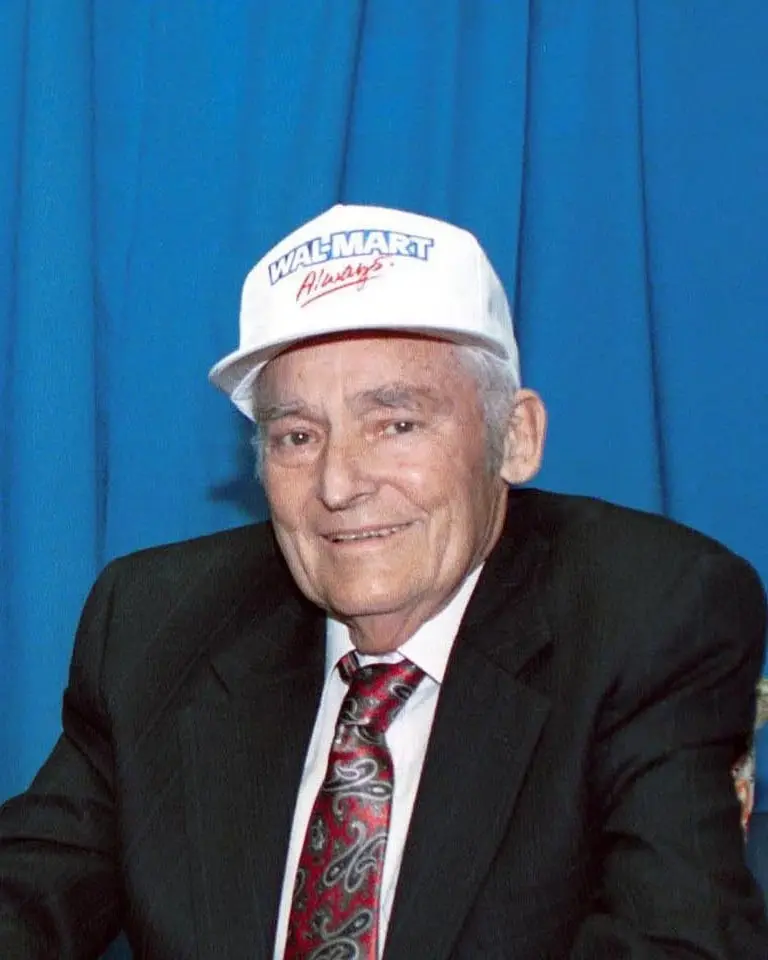
How He Started from Humble Beginnings
Sam Walton began with a single variety store in Newport, Arkansas, after borrowing $20,000 and focusing on small-town markets that larger retailers ignored.
How He Became a Business Tycoon
Walton built Walmart into the world’s largest retailer by perfecting the discount retail model. His strategy focused on “everyday low prices,” efficient distribution systems, and treating employees as partners. By the time of his death in 1992, Walmart had over 1,700 stores and made Walton the richest person in America. Today, Walmart serves 230 million customers weekly across 24 countries.
Interesting Business Facts About Walton
- Flew his own plane to visit stores and scout competitors, logging over 200,000 miles annually
- Implemented cutting-edge technology like satellite communication and computerized inventory systems before most competitors
- Created the “10-foot rule”—greeting customers within 10 feet became a company-wide standard
- Shared profits with employees through stock ownership plans, creating thousands of millionaire associates
- Studied competitors obsessively, often shopping at rival stores to identify improvement opportunities
4. Ray Kroc
“The Franchise Visionary Who Scaled the Golden Arches”
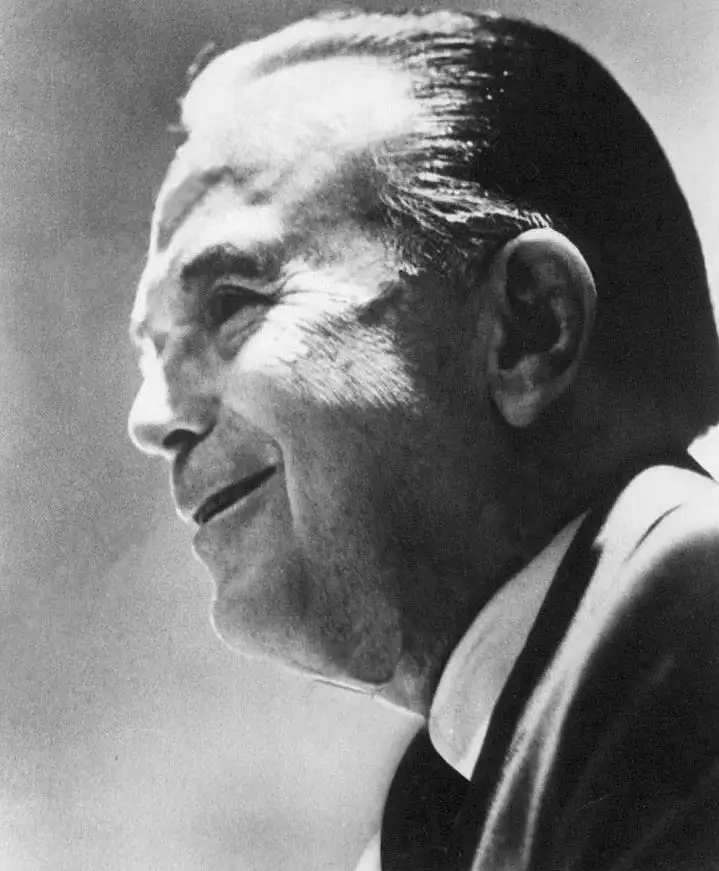
How He Started from Humble Beginnings
Ray Kroc spent decades as a traveling milkshake machine salesman before discovering a small burger operation run by the McDonald brothers in California when he was already 52 years old.
How He Became a Business Tycoon
Kroc didn’t invent the hamburger—he perfected the franchise system. He transformed McDonald’s from a single restaurant into a global empire by standardizing operations, ensuring consistent quality, and creating a replicable business model. His focus on real estate (owning the land under franchises) generated massive revenue streams. By his death, McDonald’s was serving 22 million customers daily across thousands of locations worldwide.
Interesting Business Facts About Kroc
- Bought out the McDonald brothers for $2.7 million, then built a company worth billions
- Created Hamburger University to train franchise operators, ensuring consistent service standards
- Focused more on real estate than food, making McDonald’s one of the world’s largest property holders
- Standardized everything—from cooking times to employee uniforms—creating unprecedented consistency
- Proved that franchising could scale rapidly while maintaining quality, inspiring countless other franchise businesses
5. Walt Disney
“The Imagination Engineer Who Built Dreams into Reality”
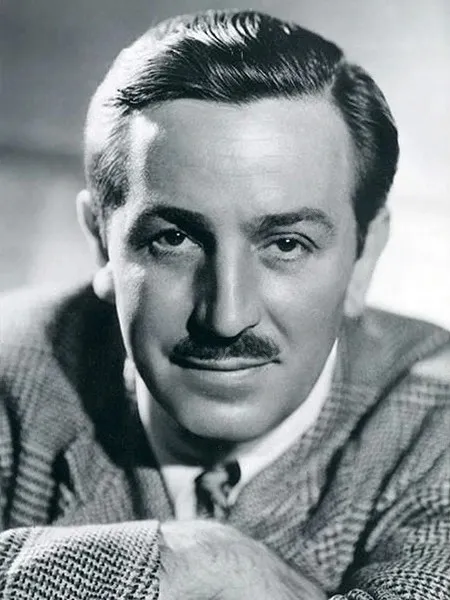
How He Started from Humble Beginnings
Walt Disney began as a struggling cartoonist who declared bankruptcy with his first animation company and was told he “lacked imagination and had no good ideas” by a newspaper editor.
How He Became a Business Tycoon
Disney transformed entertainment by creating Mickey Mouse, Snow White, and Disneyland—innovations that defined childhood for generations. He pioneered synchronized sound in animation, produced the first full-length animated feature film, and created the modern theme park concept. The Walt Disney Company became a multimedia entertainment giant spanning movies, television, theme parks, and merchandising, generating billions in annual revenue.
Interesting Business Facts About Disney
- Mortgaged his house to finance Snow White and the Seven Dwarfs, which became the highest-grossing film of its time
- Created merchandising as we know it, turning Mickey Mouse into a billion-dollar licensing empire
- Invented the modern theme park by combining storytelling with immersive experiences at Disneyland
- Used innovative financing methods like television shows to fund movie production and park development
- Built cross-platform synergy decades before it became standard practice, using films to promote parks and vice versa
The Lasting Legacy of These Business Pioneers
These five business legends prove that extraordinary success doesn’t require extraordinary beginnings. What they shared wasn’t inherited wealth or connections—it was an unwavering commitment to innovation, customer service, and continuous improvement. Each entrepreneur identified gaps in existing markets and created solutions that millions of people desperately needed.
Their stories continue inspiring modern entrepreneurs because they demonstrate that vision, persistence, and smart execution can overcome any obstacle. Whether you’re developing the next breakthrough technology or opening a local business, these titans remind us that every empire begins with a single step—and the courage to take it.

